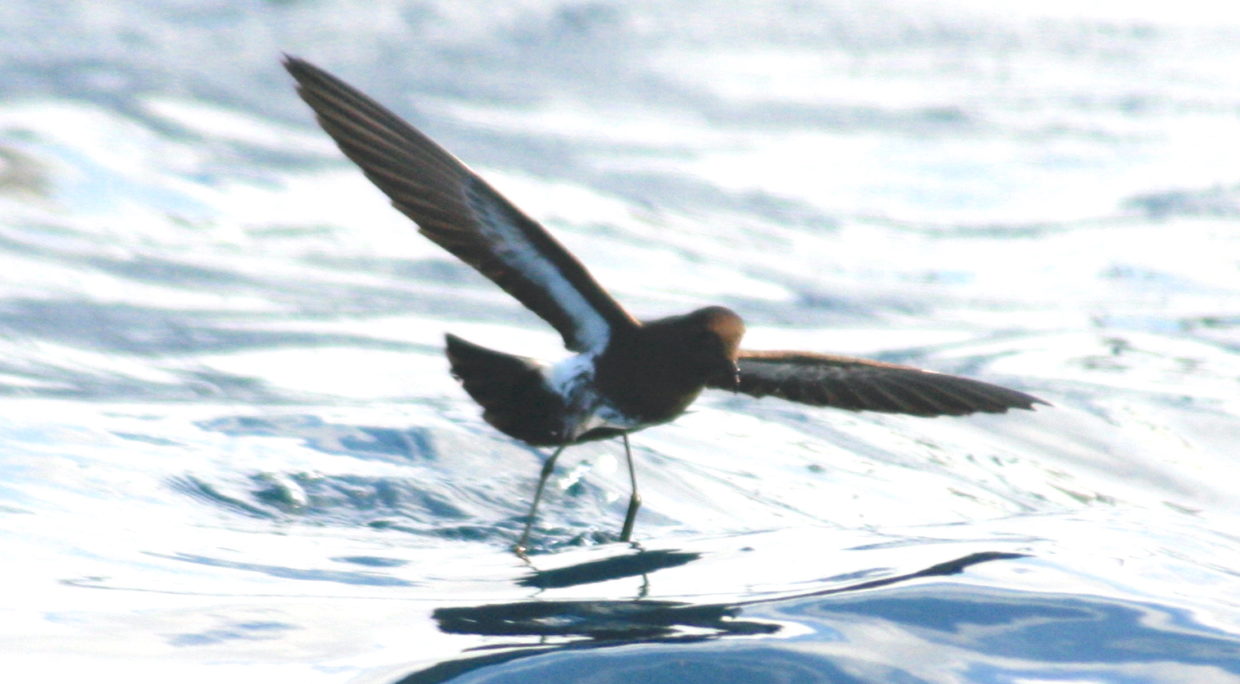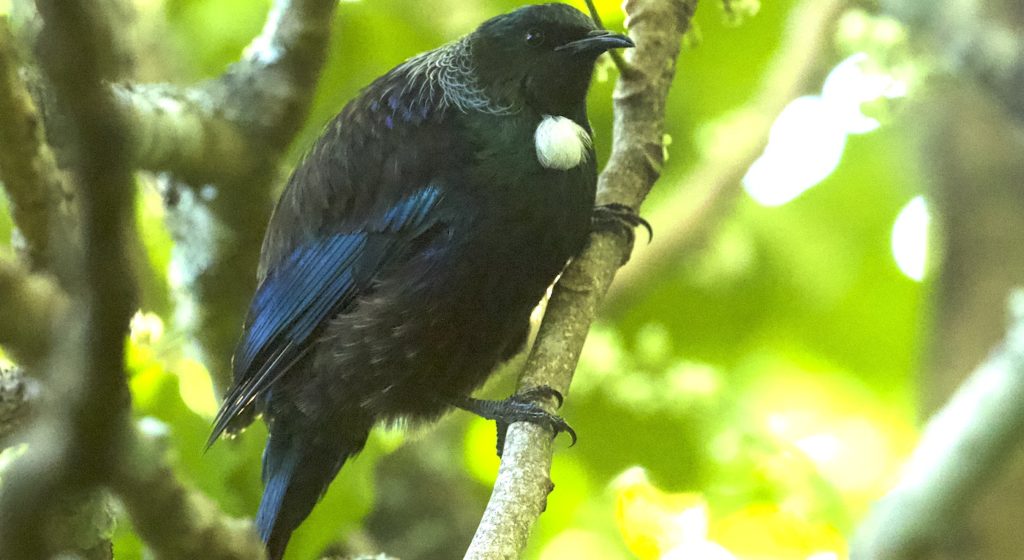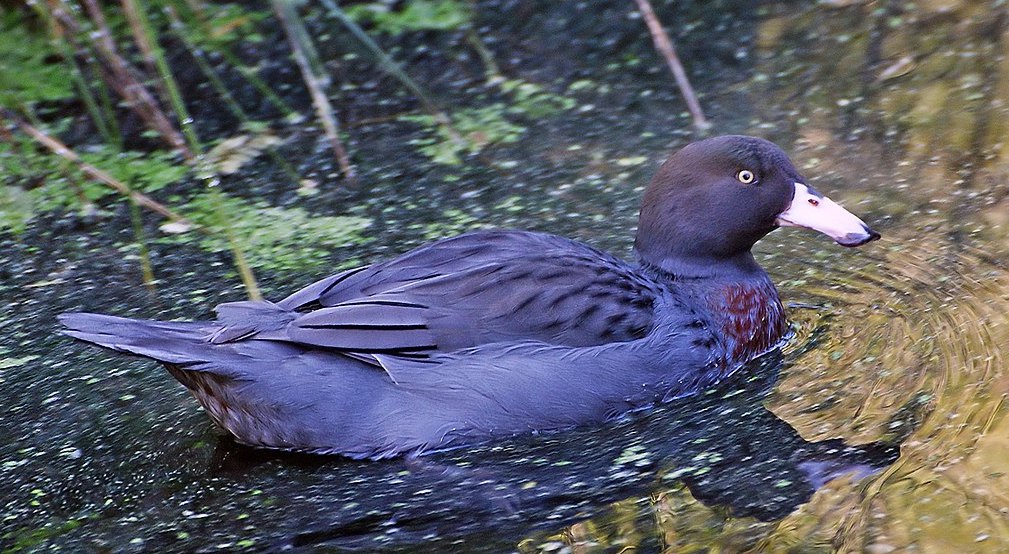New Zealand's Endemic Bird Families, pelagic and maori culture.



Tour Date:
Jan 5-9, 2026 (extension South Island Jan 10-14, 2026).
Tour Price (Per Person):
USD: $2800. Group size 6-12. With driver and local guide at all time. Meals are included.
Tour Type:
Quest for Endemic Bird Families.
Easy birding, pelagic, endemic bird families and Maori Culture.
Description
New Zealand is a fascinating country with its Maori culture, scenic landscape of the Middle Earth in Lord of the Rings, a paradise for seabirds and pelagic fans, and a number of endemic bird families of truly unique birds, many of them threatened of extinction.
7 Wonders Birding offers two short trips that run back to back. The first part is on North Island and the second part on South Island. The focus of the two tours are a bit different. Both programs include a large amount of driving, but it is helped by the many hours of daylight in the Southern summer.
This North Island Program focuses on these specific goals:
- See at least one representative of each of the six endemic bird family. They include Kiwis (North Island Brown and Little Spotted are possible), New Zealand Parrots (Kaka), New Zealand Wrens (Rifleman), Wattlebirds (Kokako and Saddleback), the Stitchbird and the new Mohouidae familiy (Whitehead).
- See recently rediscovered New Zealand Storm-Petrel on a top NZ pelagic
- See threatened and very local Shore Plover
- See the peculiar Wrybill
- See the torrent loving and threatened Blue Duck
- Get familiarized with the Maori culture.
All this in only 5 days. Lot’s of bang for the buck.
Although the birding is easy, it is quite an intense tour with long days. It could lay your base for a fast introduction to New Zealand and later you can explore on your own, or you may want to add the South Island program to maximize your time in New Zealand.
Many tours to New Zealand run in 21 days and cost over US$8000. In just 10 days we see 80-90% of the same birds at roughly half the price.
The South Island 5 day extension program is more focused on some iconic birds like the Kea and Black Stilt, the Kaikoura pelagic, and a visit to Stewart Island.
ITINERARY OUTLINE:
Day 1. Arrive Auckland in the morning. Visit Rangitoto Island, Waipu Cove and Tawharanui Regional Park. Night in Sandspit area.
Day 2. Pelagic. Night Tiritiri Matangi.
Day 3. Tiritiri Matangi- Miranda-Pureora
Day 4. Pureora-Roturoa-Turangi
Day 5. Turangi-Wellington.
DETAILED ITINERARY:
Day 1. Auckland-Rangitoto Island-Waipu Cove-Tawharanui-Sandspit.
Night in the Sandspit area. Meals included: None
Day 2. Pelagic from Sandspit. PM Tiritiri Matangi.
We start the morning with a pelagic. Within the littoral zone we shall see South Island Oystercatcher, Variable Oystercatcher, Silver Gull, Kelp Gull, Little Penguin, Pied Cormorant and White-faced Heron. Once in the open water and when chumming awaits New Zealand Storm-Petrel, which was thought to be extinct since 1850, but incredibly rediscovered in 2003. It remains a critically endangered species. Other pelagic birds that we have chance seeing today include Cook’s Petrel, Parkinson’s Petrel, Common Diving-Petrel, White-faced Storm-Petrel, Fairy Prion and Buller’s, Fluttering, and Little Shearwaters.
In the late afternoon we continue to Gulf Harbour for a water taxi to Tiritiri Matangi, where we shall stay overnight.
The accommodation is basic and we need to bring a light sleeping bag and pillow. Here we have a chance of seeing Little Spotted Kiwi at night. We may also see Little Penguins near their burrows at night.
Day 3. Tiritiri Matangi. Drive to Miranda and Pureora.
We spend morning exploring the trails on the island. Tiritiri Matangi Island is one of New Zealand’s most important conservation projects. Between 1984 and 1994, volunteers planted around 300,000 trees on 220 ha island that formerly had been subject to farming for 120 years. All mammalian predators were eradicated and a number of threatened and endangered bird species have been introduced. The most threatened is the South Island Takahe – a giant flightless swamphen. There is a tiny wild population in the inaccessible Murchison Fiordland area, and introduced on four predator free islands which Tiritiri Matangi is one and the easiest to visit.
Other birds we hope to find this morning include Brown Quail, New Zealand Pigeon, Sacred Kingfisher, Red-crowned Parakeet, Tui, New Zealand Bellbird, Gray Gerygone, Whitehead, Australian Magpie, New Zealand Fantail, North Island Kokako, North Island Saddleback, Stitchbird, North Island Robin and with luck Rifleman. Five out of six endemic bird families!
At midday we take the water taxi back to the mainland to drive to Miranda on the shore of Firth the Thames bay. This is a top notch site for shorebirds including the peculiar Wrybill (bill is bent to the right) . Other wetland and shorebirds expected here in January are Black Swan, Paradise Shelduck, Gray Teal, Buff-banded Rail, Pied Stilt, South Island Oystercatcher, Variable Oystercatcher, Pacific Golden-Plover, Masked Lapwing, Red-breasted Dotterel, Greater Sand-Plover, Double-banded Plover, Bar-tailed Godwit, Ruddy Turnstone, Red Knot, Sharp-tailed Sandpiper, Curlew Sandpiper and Red-necked Stint.
After this we have a long drive to Black Fern Lodge at the edge of Pureora Forest Park. We shall look out for Kaka before the sun sets.
Dinner included at the lodge.
Day 4. Pureora and Roturoa
Additional birding in the morning for Rifleman, North Island Robin, Tomtit and Kaka. There is also Blue Duck possible here. We bird until 9 AM and then continue to Roturoa, which is the center of Maori culture. We shall visit a Maori Village and get an insight the life of the original inhabitants of New Zealand before the arrival of the white man.
We shall also visit the boiling sulphur smelling mud pools of Wai-O-Tapu, and a good area for Tomtit, before going south again towards Turangi. We will search for Blue Duck the remainder of the evening. Sunset is at 8.40 pm, so there shall still be time for those who wish to do more birding.
Day 5. Drive to Wellington via Blue Duck location.
Depending what is left to see the morning’s birding will be decided. It is likely that one of three targets – the Blue Duck, Kaka or Rifleman is still missing.
Later we continue to Wellington and end the first part of the tour. Some people will fly back to Auckland in the afternoon while others continue to the South Island extension and the afternoon ferry across Cook’s Straight. Keen birders will look for seabirds while crossing such as Westland Petrel, Fairy Prion, White-capped Albatross, Sooty Shearwater, Fluttering Shearwater and White-faced Storm-Petrel. Night in Picton.
South Island Extension 5 days
If you want a complete experience of New Zealand we recommend our extension, which gives you the highlights of Black Stilt, Kea, the Kaikoura Pelagic, and birding and a pelagic on Stewart Island. Again there is a considerable amount of driving, but there are vast amount of daylight hours and thus the rewards are high.
The south extension can also be taken as a standalone trip by flying to Wellington and meet up with the group there.
Day 1. We shall make a morning boat trip to a small colony of New Zealand King Shag, aka Rough-faced Shag which is one of the rarest cormorants on the planet. We shall also land on a small island where there is free living introduced population of the Critically Endangered Malherbe’s Parakeet, aka Orange-crowned Kakariki.
We drive to Kaikoura (2h) for an afternoon pelagic in these famous waters for albatrosses. No less than 5 species of albatross are seen here at close range. Northern Royal, Southern Royal, gibsoni ssp of Antipodean, White-capped and Salvin’s. Also here are Northern Giant Petrel, Cape Petrel, Grey-faced Petrel, White-chinned Petrel, Westland Petrel, Short-tailed Shearwater, Hutton´s Shearwater and Australasian Gannets.
After the pelagic we have a long drive on to Arthur’s pass (4.5 hours).
Day 2. In the morning we look for the confident parrot known as Kea – famous for destroying windshield wipers. We also search for New Zealand Rock Wren (or South Island Wren) on the Otira Valley walk.
We leave after lunch to drive to Twizel which is another 4-5 hour drive.
Day 3. We search for the Critically Endangered Black Stilt and visit the visitor centre to learn more about this rare New Zealand shorebird.
Afterwards we travel to Invercargill and Bluff for the 5:15 Ferry to Stewart Island.
At night we shall look for Southern Brown Kiwi.
Day 4. In the morning we visit Ulva with Brown Creeper, Yellowhead, Red-fronted Parakeets, South Island Saddleback, South Island Robin and Weka.
In the afternoon we shall make yet another pelagic trip. We shall add Brown Skua and White-chinned Petrel, Foveaux’s Shags, and Yellow-eyed Penguin.
Day 5. This day is somewhat flexible depending on what people want to do and their continued plans.
If you have time to stay on for 4 PM flight to Christchurch, you can either take the morning ferry at 8 AM to try to twitch NZ Rock Wren if it is still missing, or take it easy on Stewart island and bird in the morning to take the ferry at noon.
From Christchurch there are flights to Auckland, Sydney and Melbourne.
Cost of the extension is US$2590
